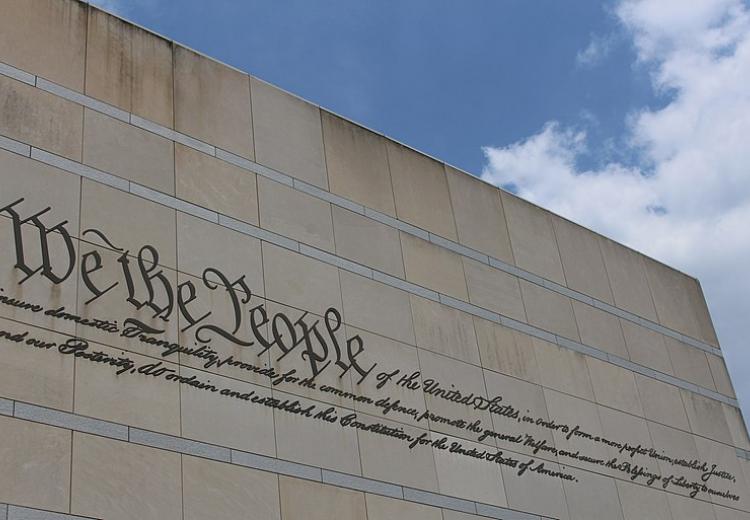The Preamble to the Constitution: How Do You Make a More Perfect Union?

"We the People" inscription located on the facade of the National Constitution Center in Philadelphia, PA.
With the signing of the Treaty of Paris in 1783, the U.S. firmly established itself as an independent nation. In 1789, George Washington was elected the first President, initiating the form of government, based on the Constitution, that we recognize today.
Before 1789, the young nation had been ruled by the Articles of Confederation, written in 1781 in reaction to years of British rule. By 1787, however, it was clear that a more perfect Union was required; while protecting the independence of member states, the Articles of Confederation did not describe the powers of a federal chief executive or a judicial system. The creation of our Constitution and present form of government was informed by these and other considerations that arose during the years of the Confederation.
Archival materials and other resources available through EDSITEment-reviewed websites can help your students begin to understand why the Founders felt a need to establish a more perfect Union and how they proposed to accomplish such a weighty task.
Guiding Questions
How does the language of the Preamble to the U.S. Constitution reflect historical events and the goals the Founders had for the future?
What does the Preamble mean?
What does "a more perfect union" require?
Learning Objectives
Explain the purposes of the U.S. Constitution as identified in the Preamble to the Constitution.
Identify fundamental values and principles as they are expressed in the Preamble to the U.S. Constitution.
Create your own interpretation of what the Preamble means.
